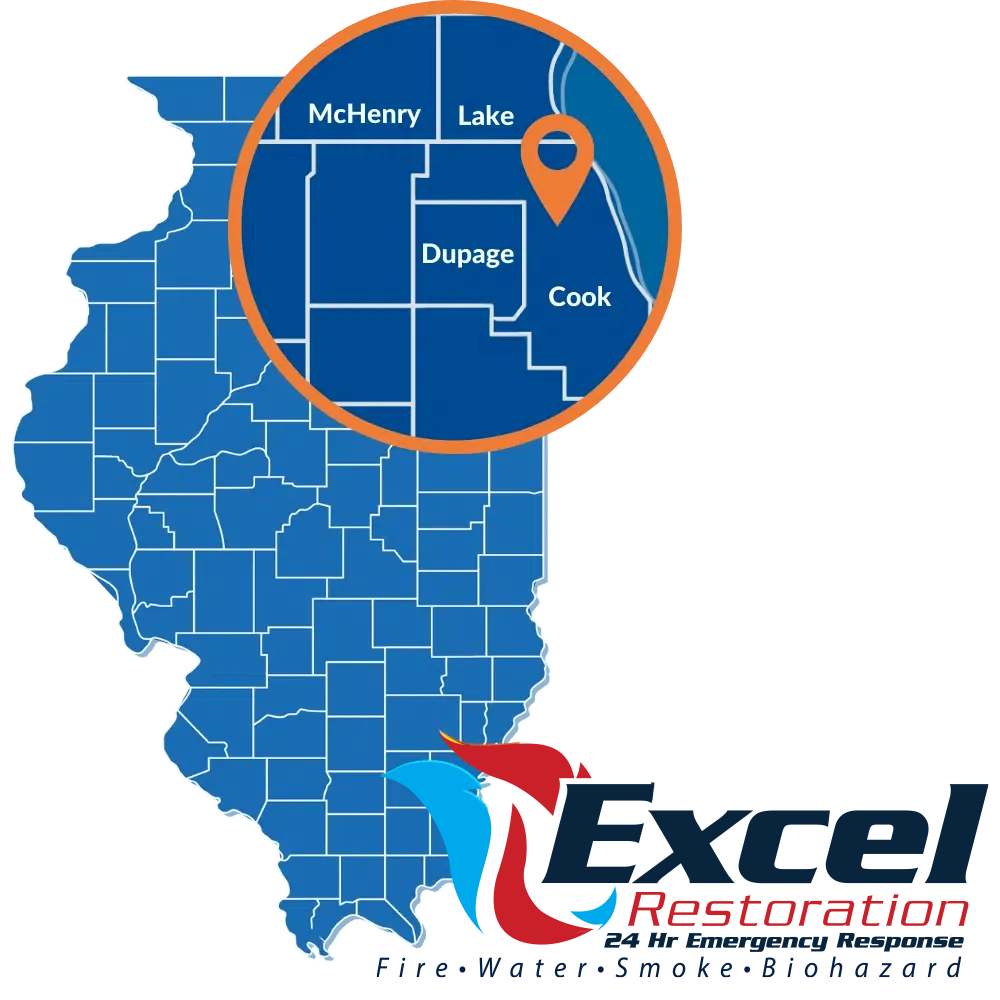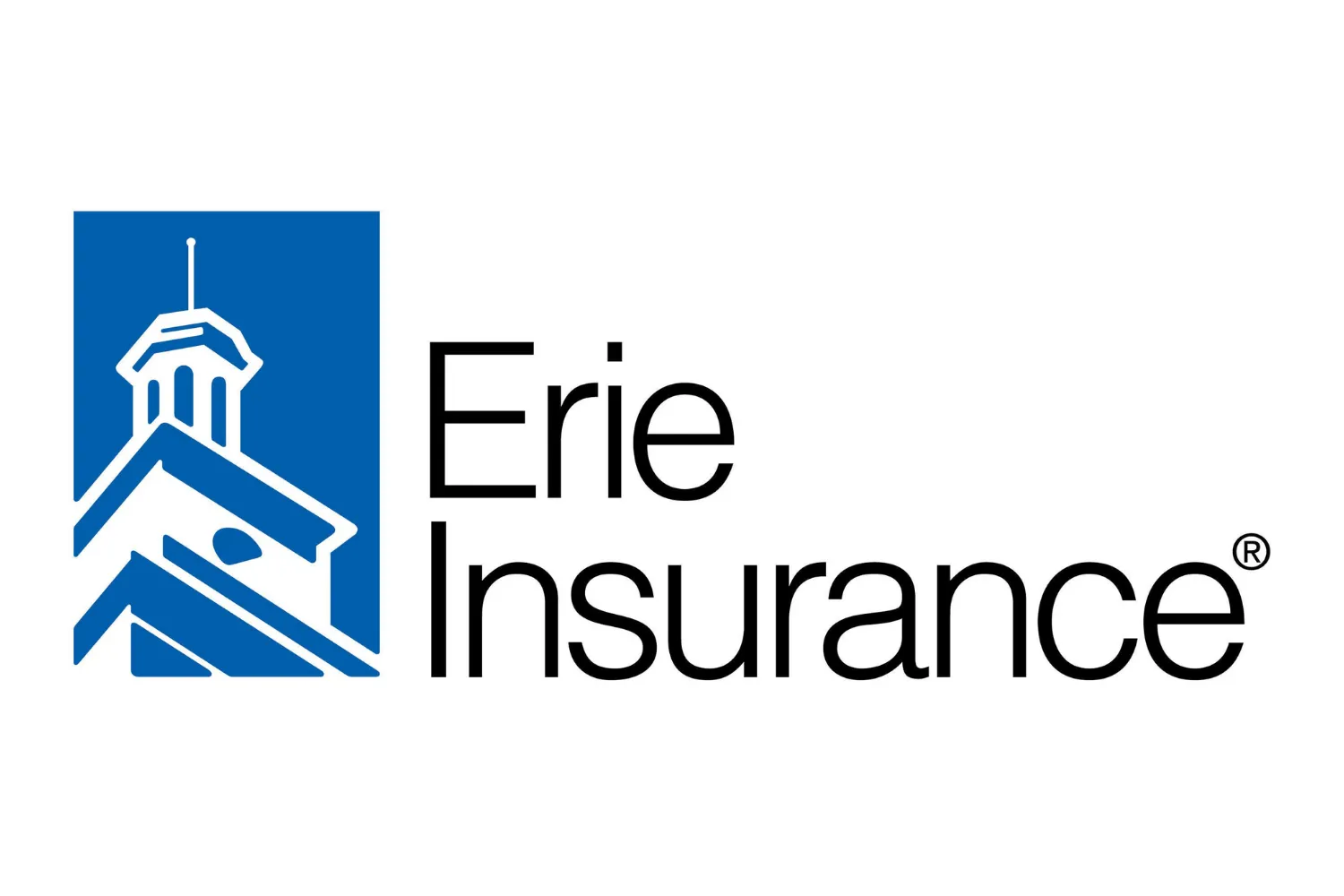HOW TO PREVENT MOLD AFTER A FLOOD IN 7 STEPS
Mold is one of the most serious consequences that can arise after a flood. The warm, moist conditions it requires are very common in affected areas. As long as you have not completely dried out an area where there was flooding, there is a possibility for mold to develop. Excel Fire and Water Damage Restoration Services offer professional mold remediation services. In this article, we will provide seven tips to prevent mold growth after a flood in your area.
The first thing to consider is how mold can grow in a home. It’s all because of the moisture that can seep into the walls, flooring, and furniture after flooding. The key to controlling mold growth is controlling moisture. The spores released by mold need wet, damp places to grow. Take away that source, and the mold can’t grow. That’s why it’s important that you know the proper way to clean up after a flood to prevent mold growth in your home.
Mold Prevention Through Moisture Control
The key to knowing how to prevent mold after a flood in your home is acting quickly whenever flooding occurs. If you have water leakage in your home, be prepared to dry up any materials or areas as soon as possible. Areas dried 24-48 hours after flooding has occurred will most likely not have mold grow on them.
Mold removal is the process of cleaning up mold on a surface and preventing new mold from growing. It is something you can do yourself or you can hire a professional company to help with the process. If you’re unsure if mold is growing in your house, you can get mold testing, but it’s not a requirement. It’s safe to assume that if your house has been flooded, mold is likely to grow without intervention.
Excel Professionals Explain How to Prevent Mold After A Flood
There are certain objects that can be properly cleaned and disinfected after a flood. Glass, plastic, and metal objects are non-porous, so the water can’t seep into them. That means they can be cleaned and reused even if they’ve been submerged in flood water.
Some other aspects of a home are not so lucky. Wood and upholstered furniture are porous so they have a high chance of developing mold after a flood, especially if they were submerged in the water. It might be best in these cases to remove and replace them to prevent mold after a flood. And simply drying out a carpet will not remove mold spores. You must get rid of any carpeting that develops mold.
Steps You Can Take To Prevent Mold After a Flood
After any mold infected items are removed, you can get to the cleaning process. If you still aren’t sure how to prevent mold after a flood, here are some tips on how what to do when you’re cleaning/disinfecting the remaining surfaces:
- Wear protective equipment like gloves, masks, and goggles to cover your eyes, nose, and skin.
- Open all doors and windows while you work.
- Use fans and dehumidifiers to remove moisture if it’s safe to use electricity.
- Be careful not to mix cleaning products.
- Use water and detergent to clean any mold you can see and dry immediately.
- Don’t try to cover up mold with paint or caulk.
- Make sure to start the cleaning process as soon as possible. The quicker it’s done the less likely it is for mold to form.
In order for the cleanup to stick, you need to make sure the cause of the moisture is reduced. Any leaks in the building should be properly repaired and any visible mold or mold odors should be gone. Keep an eye out to make sure you don’t spot any mold growing and no one has exhibited any health problems from being in the area.
Should I Hire a Mold Removal Specialist?
It can be intimidating to take on a mold removal project by yourself or to know how to prevent mold after a flood, especially if you’re not sure of the extent of the damage or if you have people in your household who would be at risk for mold-born allergens. Excel Fire And Water Damage Restoration Services is a restoration company in the Chicago area that provides 24/7 emergency mold remediation services. They provide both mold testing and mold removal so if you’ve experienced flooding in your home it may be a good idea to seek out their professional help. Contact Excel Fire and Water Damage Restoration Services at (224) 212-1217 to get a quote.













